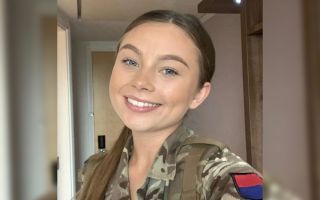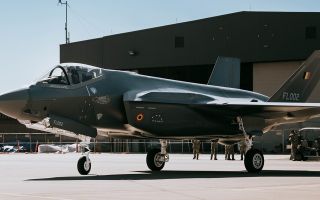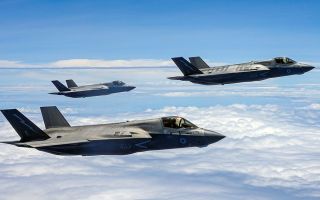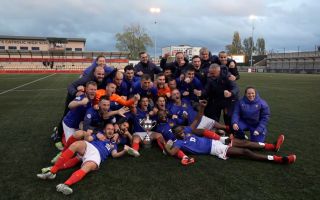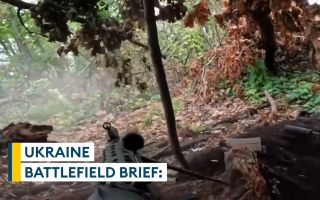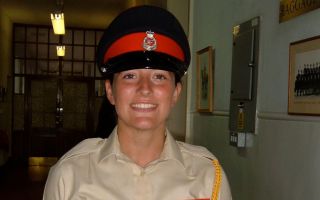The Second World War soldiers who fought Hitler's Nazi Germany while in drag
In 1940, a photograph showing soldiers wearing dresses, makeup and stockings while manning coastal artillery in the fight against Hitler's Nazi Germany, was censored by the Ministry of Information.
It was feared that the Nazi propaganda machine headed by Joseph Goebbels would use the drag image to poke fun at the Allies and undermine the already fragile spirit of Britain when Prime Minister Winston Churchill saw boosting morale on the Home Front as a crucial part of supporting serving personnel overseas.
However, some of the images, showing the soldiers joyfully rehearsing for a Christmas charity performance and a close-up of the men while in action but not revealing much of the anti-ship gun, were published in 'War Illustrated' on 7 February 1941 with the headline 'Miss Ack-Ack had a date with Jerry'.
The picture captions below the published images further explain what happened, saying: "They were in the middle of a rehearsal when an alert sounded.
"Jerry, like time, waits for no man, so the rehearsal was called off while contact was made with the battery.
"Then, still wearing their dresses, the dancers rushed to their action stations – wolves in sheep's clothing, so to speak."
Propaganda aside, what the full collection of images actually showed was troops from the Royal Artillery Coastal Defence Battery at Shornemead Fort, near Gravesend, simply trying to boost their own morale and that of their fellow soldiers at their darkest hour.
BFBS the Forces Station has shone a spotlight on these photographs in the exclusive podcast 'Soldiers In Skirts'.
In this particular episode, which focuses on 'Gunners In Drag' during the Second World War, BFBS takes a look back on drag performances in the military and the secret, insatiable relationship they have.
The striking censored image (shown here) was eventually circulated as a postcard in the 1980s by London-based printing company Acme Cards.
The captivating photographs, taken by John Topham, a Royal Air Force Intelligence and freelance civilian photographer – capture the joy felt by the men as they rehearsed, only to be dashed when a coastal alert near Gravesend sent the men running in dresses and bonnets to man the coastal artillery.
And this was not an isolated incident.
The Armed Forces have a long history of using drag as a form of entertainment to boost morale. From internees at Knockaloe Camp on the Isle Of Man during the First World War to Iestyn Edwards who, thanks to BFBS Live Events, took his drag act of ballerina 'Madame Galina' to Iraq in 2006 and Afghanistan in 2007.
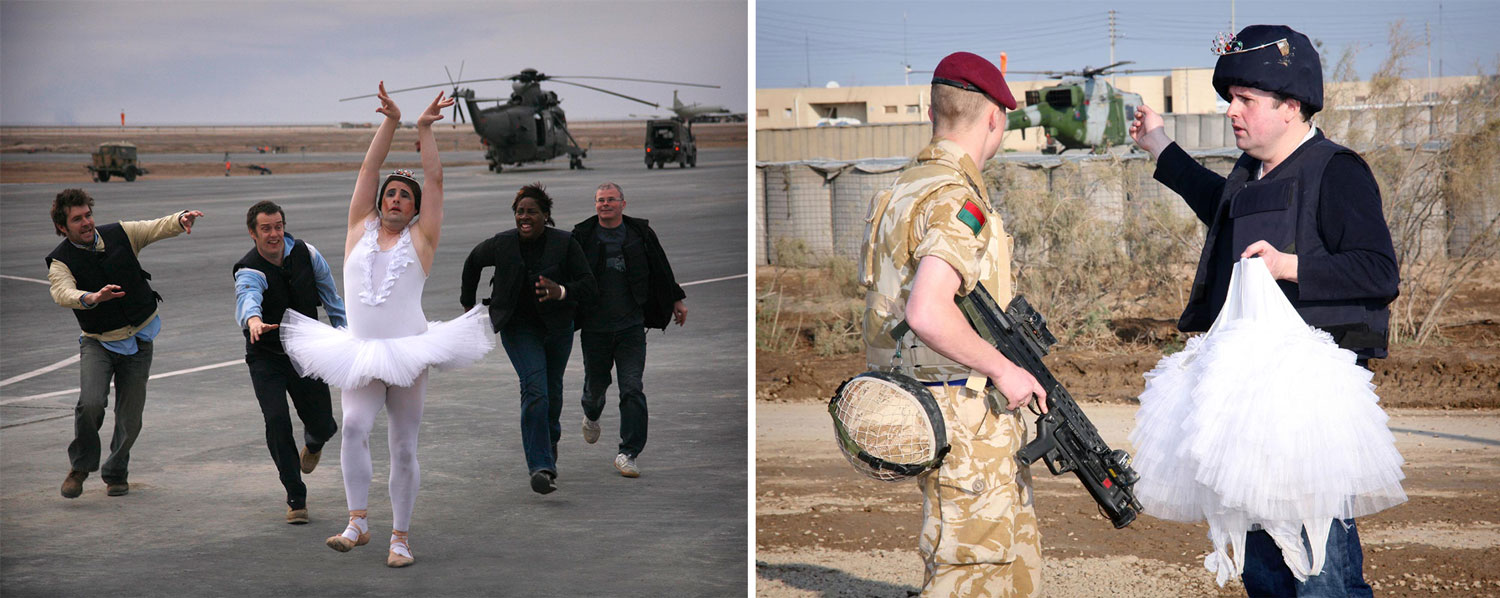
Forces sweetheart Dame Vera Lynn captured the hearts of thousands upon thousands of service personnel during World War Two with her classic beauty and beautiful singing voice, but some troops wanted to be entertained differently.
There was often great honour in performing in drag and presenting as a woman on stage during the Second World War.
John Topham's gunners in drag
The military man who captured the images was John Topham, a highly influential and talented freelance photographer whose personal portfolio of work includes, perhaps most famously, an image of children taking shelter in a trench during the Battle of Britain which was used in the US propaganda campaign 'Help England And It Won't Happen Here'.
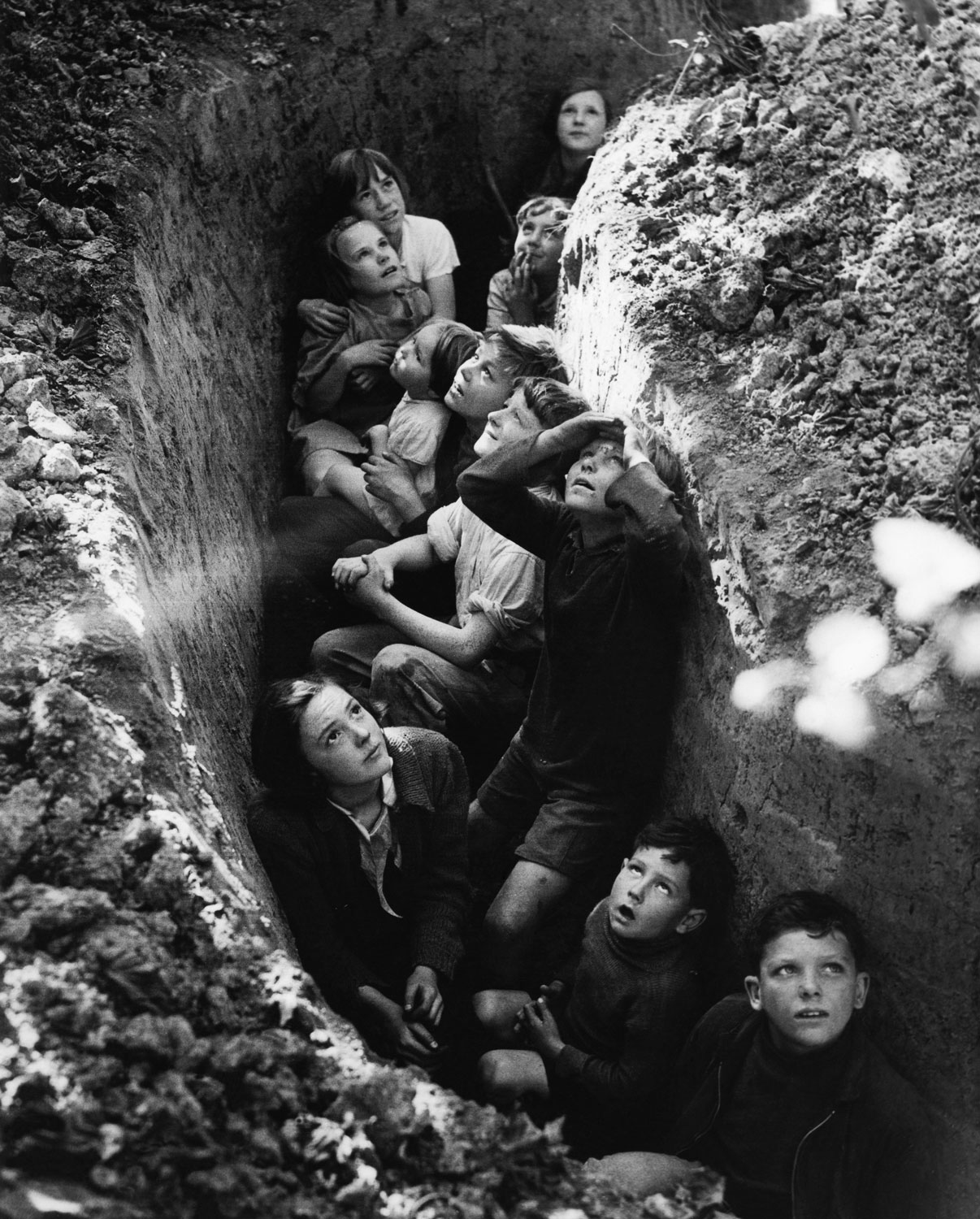
John founded Topham Picture Library in 1927 which had images published in 'Illustrated', 'Daily Mirror', 'PicturePost', 'Life Magazine', 'Farmers Weekly' and so on.
Today the independent picture library is called TopFoto and is the home of classic and rare photography from the 20th century to today.
Flora Smith, TopFoto's Managing Partner, and John Balean, TopFoto's Operations Manager, continue to protect and shine a spotlight on John's work.
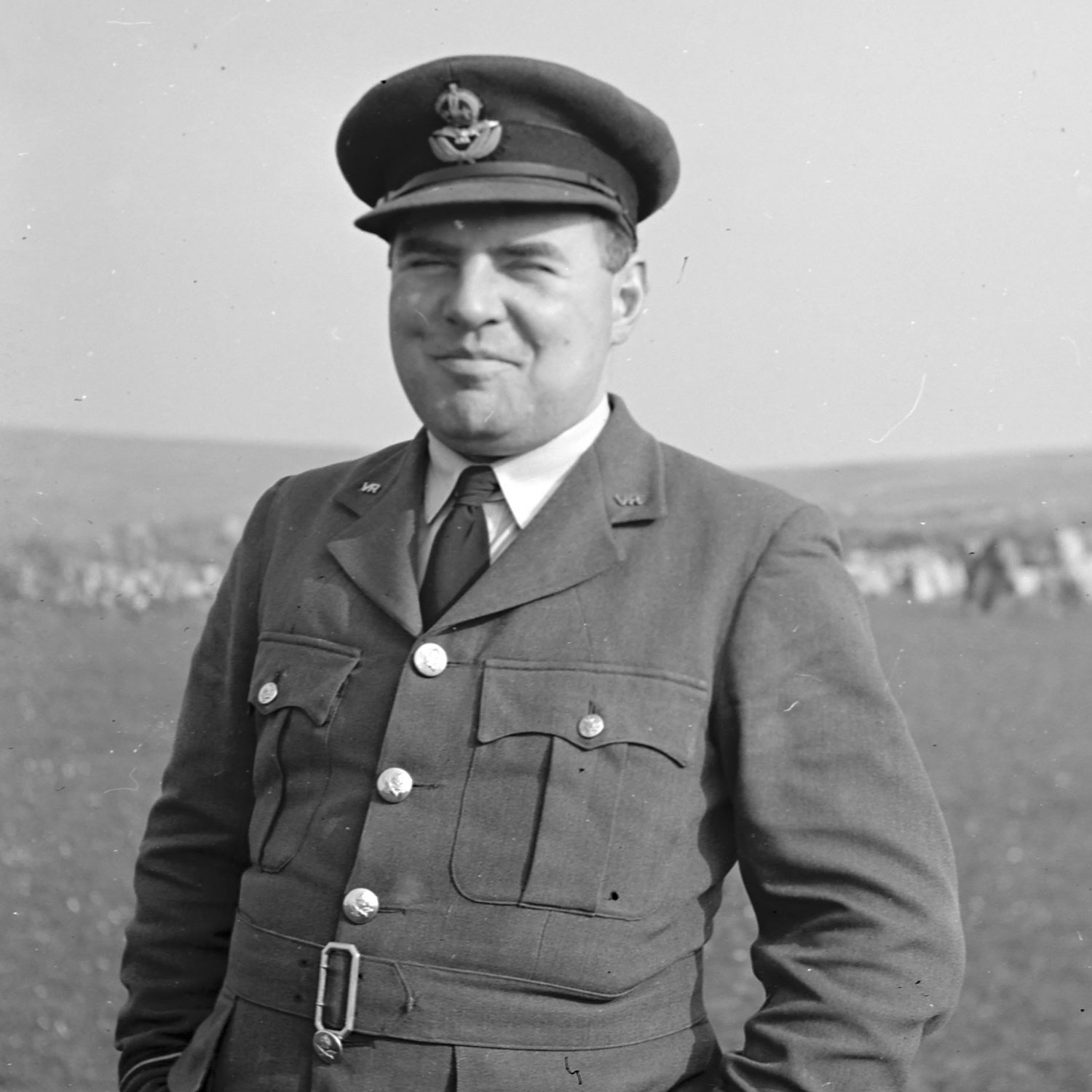
They spoke with Alice Vickery, a BFBS the Forces Station broadcaster, for her Soldiers In Skirts audio series, about the chaotic moment in 1940 when John found himself with the soldiers in Gravesend when all hell broke loose.
Smith said: "While he was there, photographing this very nice local story, the alert went off and they had to leg it in their pinafores and bonnets and race to their defences.
"Being Topham, of course, he just gave chase.
"They're hooting with laughter... then they get to the gun, very, very serious, but they are in their petticoats."
A couple of the men are seen wearing their helmets, some their field service caps but one is pictured still wearing his bonnet.
They had gone from frivolous and fun entertainers to meaning business in defence of their country.
The location of the show was roughly three miles from the fort so John, camera in hand, followed the men as they ran wearing dresses, with painted lips and wearing stockings.
Balean said: "From just being soldiers dressing up for a show to being soldiers dressed up, running out, saving Britain which is synonymous for the whole war effort, drop everything and go mentality, and that's what they did.
"There's a picture of them running up a hill so we assume that they ran the whole three miles to get to the fort in their dresses before manning the guns and John must have followed as well, you know, with his camera."
How was it that John was able to take these photos in the first place? As Smith points out, the Government would not have wanted pictures of soldiers in petticoats at the height of war being released to the press. It would have been a "PR disaster".
However, Smith believes it was because John Topham was one of them, their equal and someone they could trust. Not a stranger simply wanting to make a quick buck at their expense.
Smith can see the real value in sharing images like these decades after they were taken.
She said: "These pictures speak very clearly to a lot of people because they survive, they've moved from something that is too revealing and should not be seen because it's too dangerous to something that's incredibly celebratory and important."
Cover image: Soldiers from Royal Artillery Coastal Defence Battery at Shornemead Fort near Gravesend in drag while rehearsing for their Christmas charity performance in 1940 (Picture: John Topham/TopFoto.co.uk).

